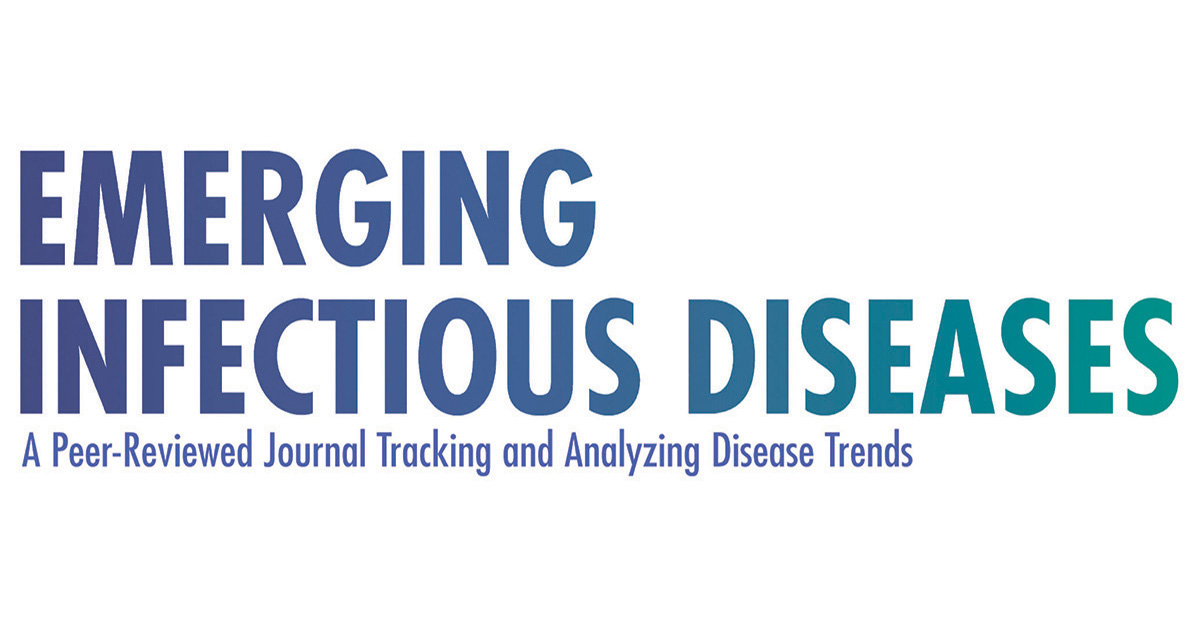A research letter by scientists from the Oak Ridge Institute for Science and Education and the CDC published a letter in Emerging Infectious Diseases ( vol30, June 2024)claims that Food irradiation can reduce foodborne illnesses but is rarely used in the United States. The letter claims that outbreaks related to Campylobacter, Salmonella, Escherichia coli, and Listeria monocytogenes were linked to irradiation-eligible foods. Of 482 outbreaks, 155 (32.2%) were linked to an irradiation. The FDA has approved various foods for irradiation, including meat, poultry, fresh shell eggs, and spices. However, irradiation has not been widely adopted in the United States because of high fixed costs and the perception of consumer unwillingness to purchase irradiated food. Campylobacter, Salmonella, Escherichia coli, and Listeria monocytogenes are among the most common bacterial foodborne pathogens causing illnesses, hospitalizations, and death in the United States and can be neutralized by irradiation. The study identified 2,153 foodborne outbreaks during 2009–2020 caused by Campylobacter, Salmonella, E. coli, or Listeria monocytogenes. Of those, 482 (22.4%) and 155 (32.2%) were linked to a food eligible for irradiation. The illnesses, hospitalizations, and deaths associated with outbreaks linked to irradiation-eligible foods might have been prevented or reduced had these foods been irradiated. @ https://wwwnc.cdc.gov/eid/article/30/6/23-0922_article#:~:text=Food%20irradiation%20has%20been%20studied,life%20(1%2C2)
.

